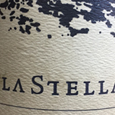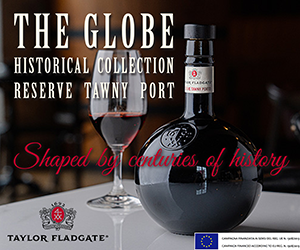If any grape has the right to claim an identity crisis, it’s pinot gris.
This white wine grape is actually a mutation clone of the black pinot noir grape. The grape’s skin colour varies wildly, sometimes even within the same bunch. Gris, French for gray, references the typical grayish-blue fruit, though the grape can also range from a tanned pink to plummy black and even very pale rose. The wines produced from pinot gris also vary in hue, from palest yellow to deep golden to blushing salmon, and it is one of the more popular grapes for skin contact / orange wine. Rainbow of disguises aside, pinot gris also goes by its Italian clone, pinot grigio. In sweepingly broad strokes, wines made in the fresh, crisp and unoaked style of Veneto adopt grigio, while those in a richer, riper Alsatian-inspired version go by gris, though of course these are generalizations and lines are blurred. Unfortunately, Italian pinot grigio has become too popular for its own good, spawning oceans of early-harvested bland, tart and inexpensive white wine capitalizing on the grigio wave.
The grape itself, when yields are reasonably low and it reaches full maturity, yields wines with higher alcohol, perfumed aromatics and lower acidity. The fuller body tends to be a bit oily, with rich melon, pear and tropical fruit. The grape’s ancestral home is thought to be in Bourgogne, though the mutation from pinot noir was also happening in southwest Germany around the same time in the late 13thcentury. Legend has it that the grape was reportedly a favourite of Emperor Charles IV, who brought cuttings to Hungary for Cistercian monks to cultivate in 1375, which is why the grape there is known as szürkebarát, meaning "gray monk." Pinot gris has many other aliases around Europe, principally fromenteau, grauburgunder, malvoisie, pinot beurot and ruländer.
Pinot gris remains the most planted white grape in BC, adapting easily to soils, climates, and locals who have landed here from around the globe. We have experienced a sea change in viticulture and winemaking in BC pinot gris that is redefining the grape. Some of our best, stony, mineral, high acid versions are worthy of your attention. Here are our top recently tasted pinot gris from here and around the world.

 quicksearch
quicksearch





















